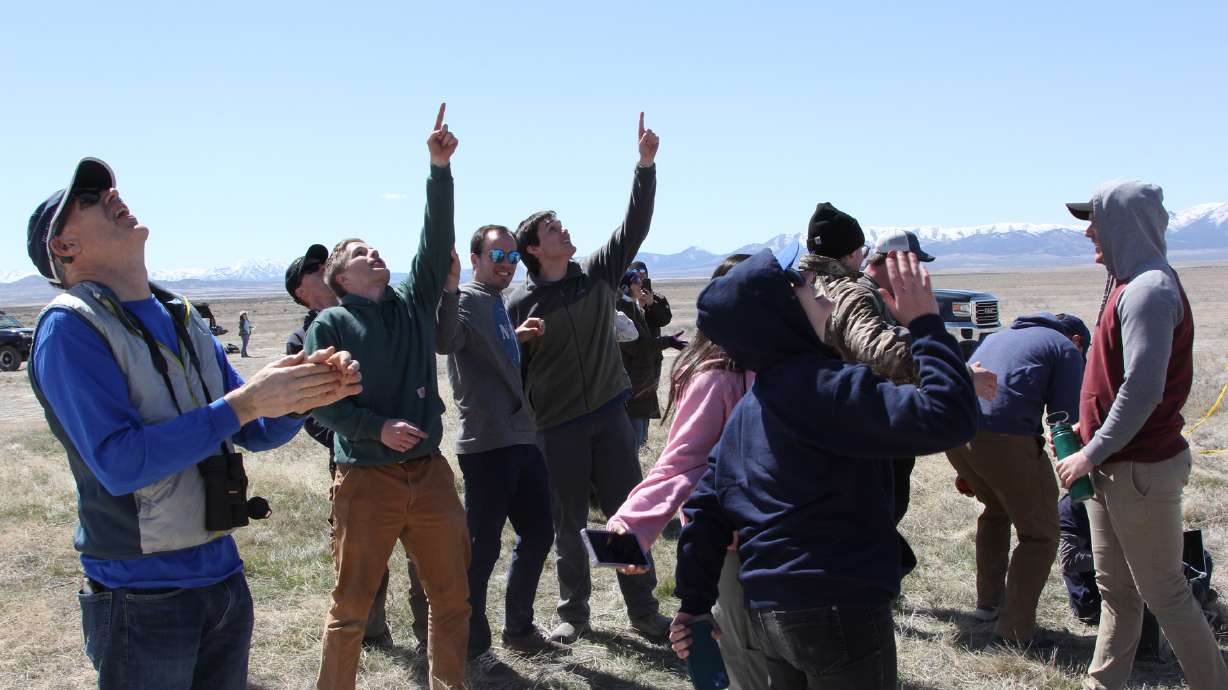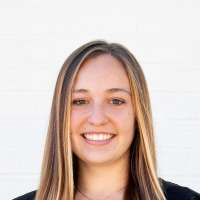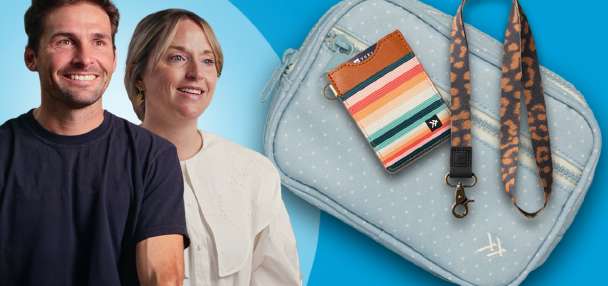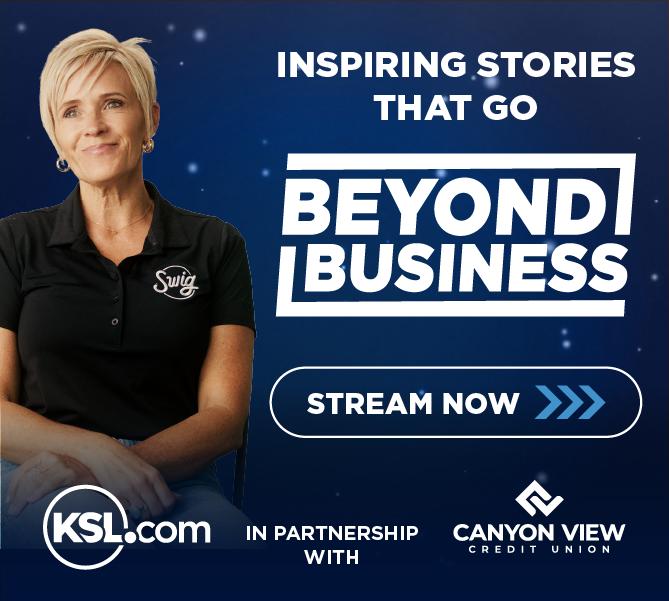Estimated read time: 6-7 minutes
- BYU Rocketry Club achieved a historic milestone with the first Utah student-made hybrid rocket launch and recovery.
- The club's hybrid rocket soared to 6,000 feet using a launch trailer designed by students.
- Future plans include student-built hybrid motors and participation in California's FAR-OUT competition.
PROVO — The BYU Rocketry Club is soaring to new horizons after the first successful launch and recovery of a hybrid motor rocket — a first for any university in the state.
Each year, the club members build rockets to compete against other colleges, and the club has seen major success in the commercial, solid fuel motor category, winning in 2023 and placing second in 2024.
"We have been on this really good streak of being consistently good at this category so we're now itching to get into other categories — to try new things and expand our engineering knowledge and skills," BYU Rocketry Club President Anya Jeppson said.
The BYU students set out to compete with a hybrid motor which uses a solid fuel grain and a liquid oxidizer to propel the rocket. This meant the students would need to design a rocket with two fuel tanks and create their own system to launch the rocket, as hybrids require a different launch infrastructure.
The trailer
Mechanical engineering graduate TJ Neyman led a senior capstone project team to devise a hybrid launch trailer.
"It was a really tall ask. This type of thing, doing it in eight months, is kind of ridiculous and kind of unheard of. We even talked to other universities who were baffled we had this goal to do it in such a short amount of time. But we did it," he said.
The 11-member capstone team built a 25-foot launch rail that can be taken apart and reassembled on site, a fluid system to fuel the rocket, and a trailer to transport and sustain the equipment during a launch.
In addition, it had to be capable of being operated remotely from 1,000 feet away so everyone could be a safe distance when the rocket launched.
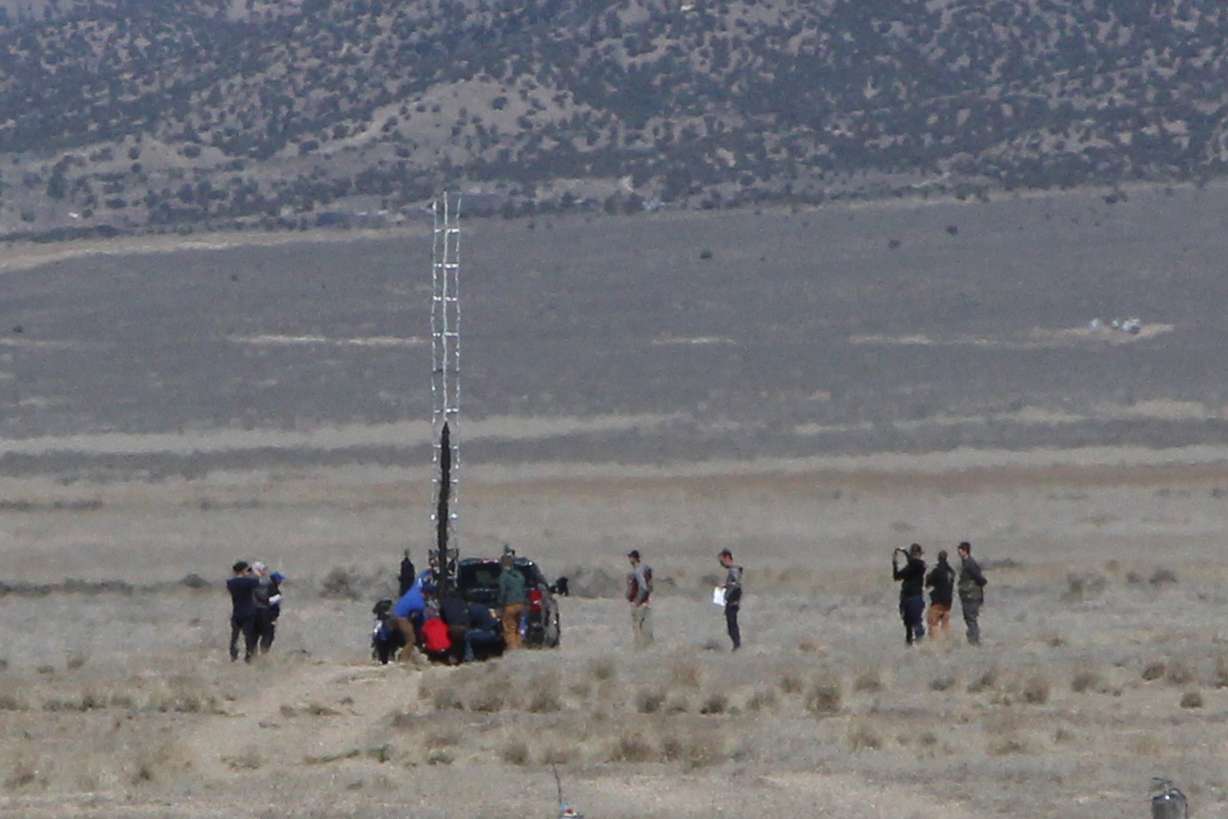
The students were split up into a structure team, a fluid team and an electronic team to focus on the various components, but the biggest challenge was integrating the different subsystems to work together, Neyman said.
"Having to do it in such a short amount of time with the small team we had was really difficult. But because of the quality of engineers that we have at BYU, in the rocketry club and on this team, it was actually feasible," Neyman said.
The rocket
BYU Rocketry's experimental high-power team was tasked with building a new rocket compatible with the trailer and a new engine type. Since it was the first year, they used a commercial hybrid motor they bought and designed the rocket around it.
On April 5, the club members drove out to the desert in Tooele to test launch their products. The launch officials inspected the trailer, rocket and recovery systems for more than four hours to ensure it was safe since it was a new, experimental design.

Once inspected, the students erected the launch rail tower, assembled the rocket, loaded the launch tower, secured the recovery system and opened the fluid valves. Once it's 90% ready, the students walked back to the safety line to rely on the remote controls to finish arming the rocket.
"We're counting down, and he sends the launch command, and nothing happened," hybrid rocket team lead Brennan Purcell said.
After a few more tries, the team discovered one of the USB ports had burned out, preventing the launch. The students replaced the port and made adjustments so the fuse wouldn't blow again.
"We get a second countdown. We send launch command, and it's dead silent for like seven seconds. Then suddenly the rocket shoots straight up into the air, and everyone was cheering," Purcell said. "Best moment of any launch I've ever been to."
The rocket soared to 6,000 feet before a "buttery smooth" recovery parachute brought it back down in one piece, Purcell said. The excitement in the air was palpable, Jeppson added.

"We all had put in such amazing work into these two systems, the rocket and the trailer, and seeing it work was just very rewarding for all of us," she said.
This launch marked the first time a Utah university has successfully launched and recovered a student-made hybrid rocket. Other universities have launched hybrid rockets, but nobody in Utah had successfully launched and recovered a hybrid rocket completely until BYU's test launch, Neyman said.
The club members have been ecstatic since their high-flying achievement and look forward to relaunching the rocket in a month at the FAR-OUT competition in California.
Aiming higher
The club's trajectory is still aimed skyward. While Neyman and Purcell's teams were busy working on this year's rocket, another group of club members was researching how to build a hybrid motor from scratch.
"They have made leaps and strides in building and testing this hybrid engine. They're hoping next year to put it into a rocket, so instead of a commercially bought hybrid motor, we're going to have a student-made hybrid motor flying a rocket," Jeppson said.
Neyman said it is exciting to see the club excel in both competition success and the students it produces. More BYU students are interning and working for NASA now than there ever have been in the past, he said. Neyman himself has been interning with NASA and will start a full-time position this summer.

"I could name any top aerospace company and tell you a BYU Rocketry alumni that has either interned there or works there full time. BYU Rocketry does a great job at not only giving us experience but setting us up for success," he said.
BYU has an emphasis in aerospace studies within the mechanical engineering major but not its own dedicated program. To fill this gap, the student-run club provides invaluable aerospace experience and crucial connections with industry professionals, Jeppson said.
"It helps us develop our engineering skills, of course, but also just leadership and taking on other roles in the club; it helps us gain a lot of stuff that we can put on our resume," she said. Jeppson just graduated and will be working full-time for manufacturer Janicki Industries in Layton.
Purcell, who still has a few years left of school, said the club is also great for students just getting into aerospace.
"Most of my team had never built a rocket at all," Purcell said. "So getting together this group of people that has this little experience, but was able to pull something off like this, I think it's pretty neat. (It) speaks to the organization of the club as a whole."
Correction: A previous version said this was the first successful launch and recovery of a hybrid rocket in Utah. It's the first time a hybrid rocket made by Utah university students was launched and recovered successfully.

